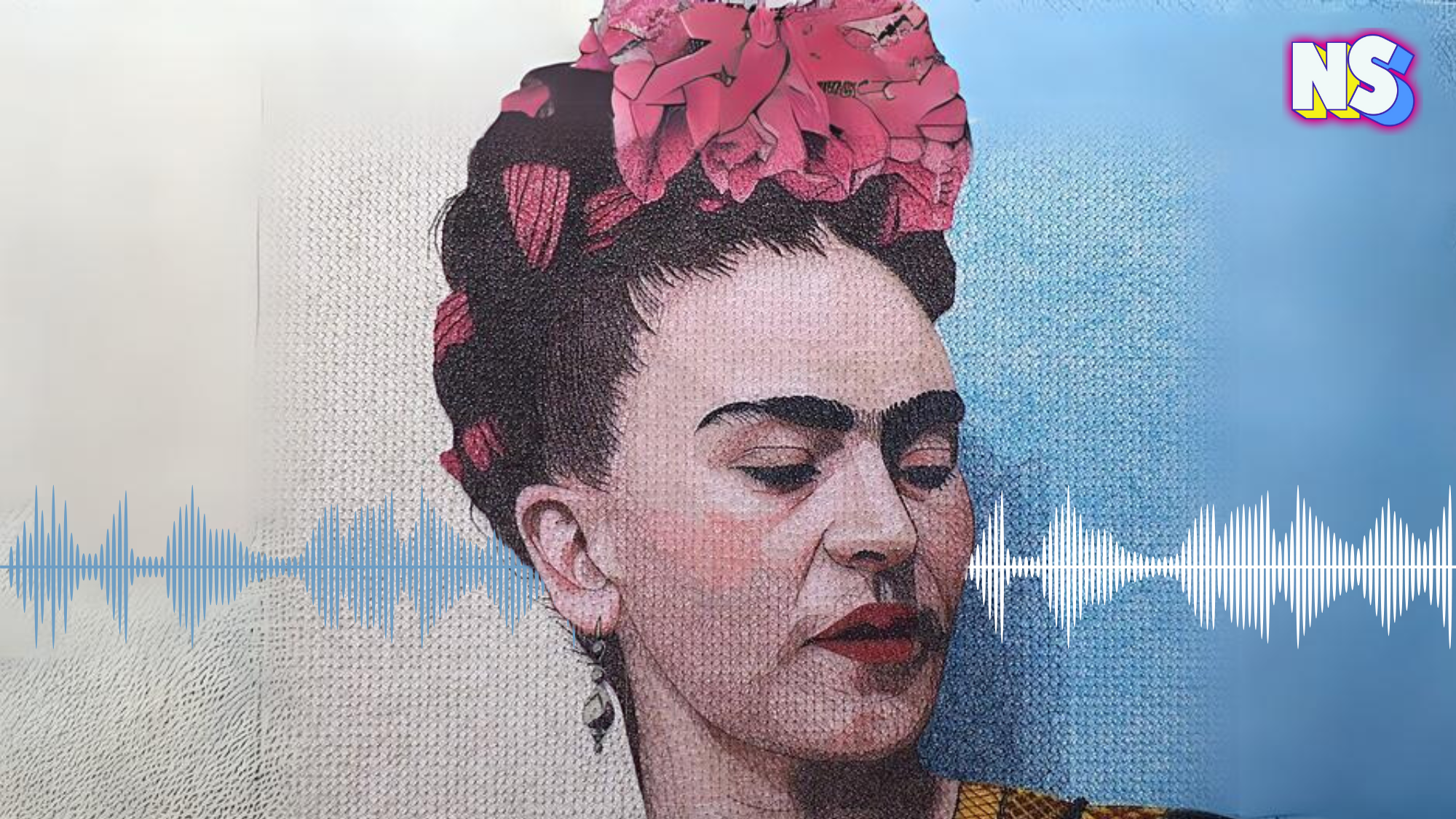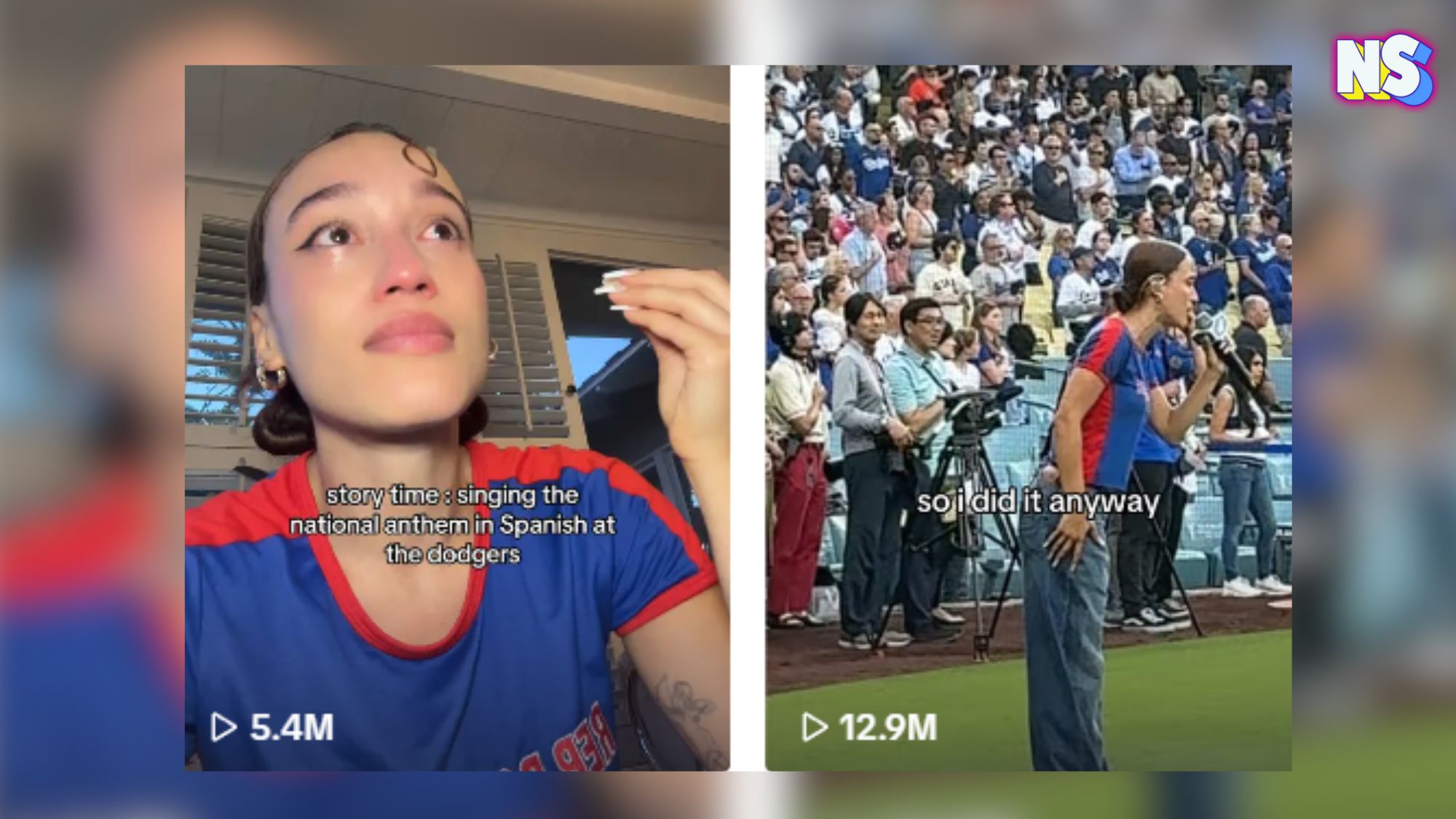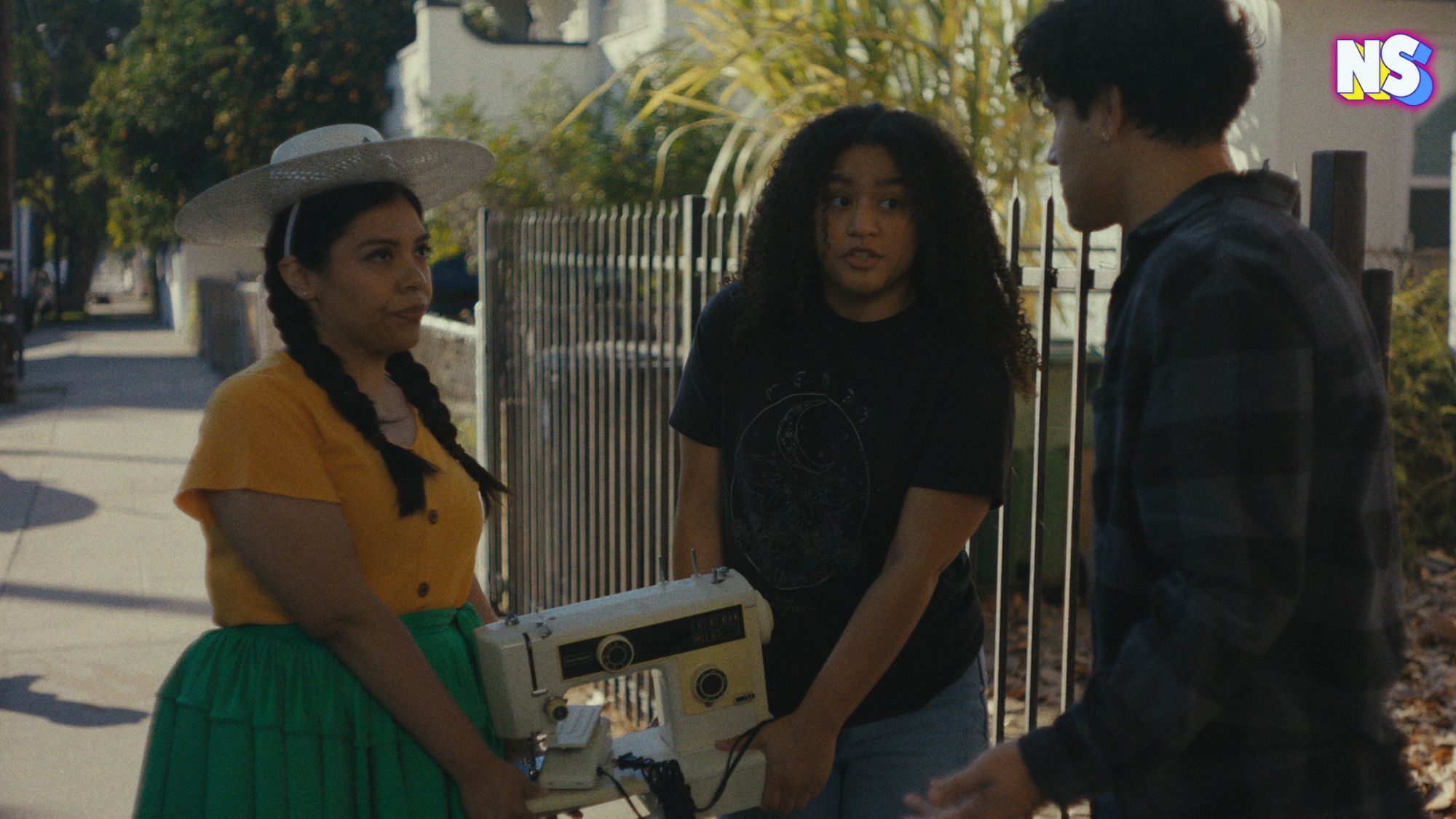A new Frida Kahlo documentary debuted at the 2024 Sundance Film Festival in Park City, Utah. It claims to be the first film to be told by the artist herself. Through diary entries and personal letters, her voice tells her life story, in her own words.
There’s just one thing this documentary leaves out: the Mexican artist’s actual voice.
It’s one of the biggest mysteries of modern times. Does a recording of Kahlo’s voice actually exist?
The Mexican government says yes, it does.
Others aren’t so sure.
The Enigma of Frida Kahlo’s Recorded Voice
“ … the Mexican government appeared to have made a landmark discovery in the art world: the country’s National Sound Library had unearthed what would be the first known audio recording of Frida Kahlo’s voice, an elusive aspect of the 20th-century artist that had at last been found,” the New York Times reported in 2019.
The 1:40 minute clip is posted on SoundCloud by IMER-Noticias, a Mexican “National News System,” has been played over 800,000 times, and has over 200 comments.
Some listeners are thrilled to hear what they believe is Kahlo’s voice.
“My queen,” TommyT writes.
Another, Adriana Queiroz, comments: “Hermosa Frida⚘”
Yet, others are skeptical, commenting and asking: “Where’d y’all get this from” and “Is that her”?
And, Lisette Palomo, comments: “No esperaba que la voz de Frida sonara tan … profesional. Esta voz con sus perfectas pausas y tonos, suena como una artista .. o un ‘professional voiceover artist’. No se si creo 100% que es ella, pero la voz es una pura belleza so … quisas si!”
These are the very questions art historians asked the Mexican National Sound Library, the government agency that said it discovered the hidden recording just a few years ago.
We’re still wating for their answers.
Investigating the Elusive Audio
Kahlo’s unique voice recording is believed to have been made in either 1953 or 1954 as part of a pilot episode for the Mexican radio show “El Bachiller,” which aired in 1955, a year after Kahlo’s death.
The recording is a short excerpt of Kahlo reading an essay, in her native language, Spanish, about her husband, Diego Rivera, the renowned artist and muralist. In the recording, Kahlo describes Rivera’s physical appearance and personality with admiration and affection. The recording is only 90 seconds long.
“In the sound profile of Diego Rivera, a female voice is heard, which coincides with the only description that exists of Frida Kahlo’s voice, made by the French photographer Giséle Freund, considered ‘melodious and warm,’ which tends to dry when reading,” a press release by the Mexican government said upon its discovery.
The authenticity of the recording is still being questioned by experts, five years after its discovery.
“After several skeptics with ties to Kahlo came forward — and one voice actress claimed the voice might, in fact, be hers — the library released an additional statement saying that it was still investigating the identity behind the voice, adding that the debate surrounding the recording would help with the inquiry,” the New York Times writes.
The sound profile, which also includes voices of other notable figures such as Dr. Atl and Lupe Marín, is presumed to be Kahlo because El Bachiller explicitly mentions that the voice belongs to the painter. Thankfully, the collection of El Bachiller comprises 1,300 tapes, containing perhaps recordings featuring Kahlo.
Mexican Actress Amparo Garrido has told several news outlets that it is her voice.
Collaborative efforts involving various institutions are underway to thoroughly analyze the files and confirm whether they indeed capture Kahlo’s voice. Or do they belong to the Mexican actress?
For now, the one recording is significant because, if it’s real, it would be the only voice recording left of Kahlo.
If it’s not authentic, then the opposite is true. The voice of Frida Kahlo “no longer exists.”





